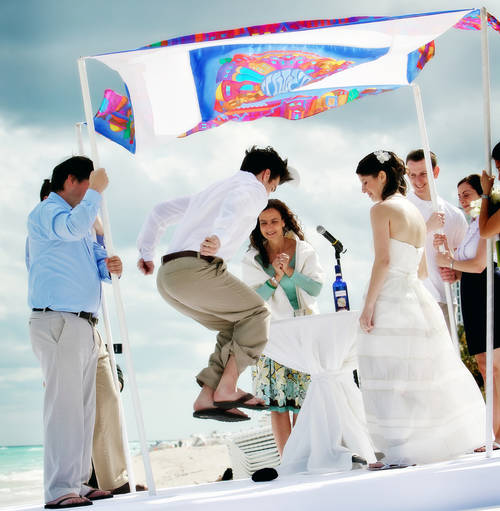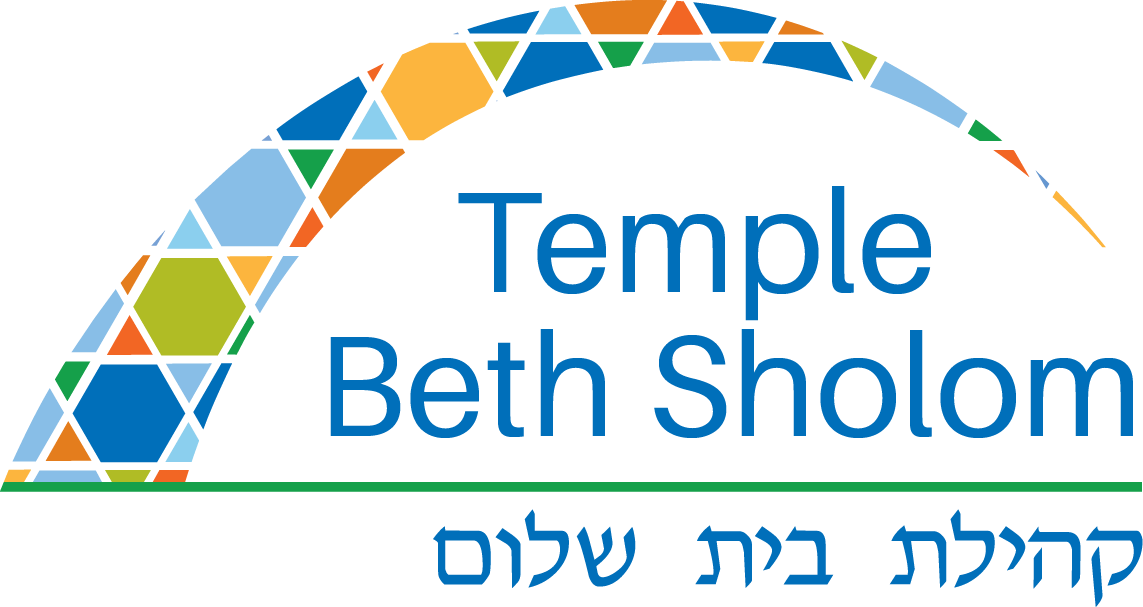“We know we’re doing our part to plant the seeds so that a future family, like ours, can enjoy the fruit.”

I grew up at Temple Beth Sholom, quite literally. I cannot think of a formative time in my life that Beth Sholom was not a part of. My very first friend – Foundation School. Learning Hebrew and about the Jewish Holidays – School for Living Judaism. Bar Mitzvah – Cantor Haas and Rabbi Pomerantz. Learning about the birds and bees – Confirmation with Rabbi Glickstein. Making my closest friends in High School – BESHTY/NFTY. Wedding – Rabbi Pomerantz. One bris and one baby naming for my children – Rabbi Pomerantz again. My wife, Leah, who grew up in Atlanta, was even a counselor for Hannah Snitzer (Rabbi Pomerantz’s daughter) at Camp Coleman. Most recently, at the death of my father, we could not have gotten through it without the help of Rabbi Davis, Rabbi Pomerantz, and all the Temple members who helped us grieve.
This is ultimately what a kehila – or community – is. While for some it might be in the day-to-day encounters, for my family it’s been at the big milestones. The simchas and tragedies. The big questions and big decisions. The defining moments that matter, which we all experience.
Given its importance to the life of my family, I decided to get involved and served on the Planned Giving Committee for the synagogue around nine years ago. As part of that committee we went to training at the Jewish Federation and learned from the consultants that “any organization that doesn’t have 20% of their budget supported by their foundation by 2020 likely won’t be around by 2030”. The reason was actually me … well not me, but my generation. Millennials by and large don’t give to charity at the same level as their parents and grandparents. To compound this, we also tend to be more transactional with the organizations we engage with – it doesn’t matter if it’s a shoe brand or a synagogue, our loyalties tend to be fickle. At least that’s what the research said a decade ago.
I originally joined the Planned Giving Committee because I had both the skillset and a knowledge of our community that I thought could be impactful. After learning about the giving patterns of my peers I added the fact that I, together with my wife Leah, wanted to be an example.

We were 30 when Leah and I made a legacy gift to the synagogue. We had no kids, no Will or estate plan, but we had an IRA – possibly the easiest way to leave a legacy gift. We proudly added Temple Beth Sholom as a future beneficiary. When I was asked to write this piece on why Leah and I gave a planned gift to the synagogue I realized quickly it was the wrong question. The right question is why do we maintain our planned gift to the synagogue?
The reason now is much deeper. The first reason is the same – to be an example to my generation and those coming after us on the importance of tzedakah, but more importantly it ties right into where we are as a congregation. We’re celebrating 80 years in existence. Temple Beth Sholom was here when my family moved back to Miami Beach in 1986 (I was three) – it welcomed us in and nurtured me, my brother and sister, my mother and my father. We enjoyed that fruit because of the seeds planted by Rabbi Kronish and so many who came before us.
Leah and I maintain our gift ultimately because the synagogue is the bedrock, the cornerstone, the very fundamental structure of Jewish life. Temple Beth Sholom is our synagogue. Rabbis Pomerantz and Davis are our Rabbis.
Ultimately the miracle of Judaism is our survival, from Abraham and Sarah to today. All those who came before us had a vision for the future to build, to grow, and to support the institutions that support the Jewish life my family and I enjoy today. We give annually during our lifetime to support our heritage. We give through a legacy gift to secure that future we all envision and to support a future family we have yet to meet.
